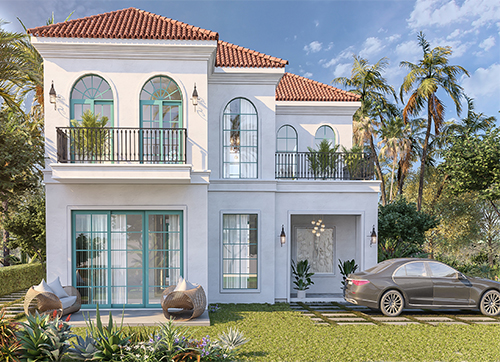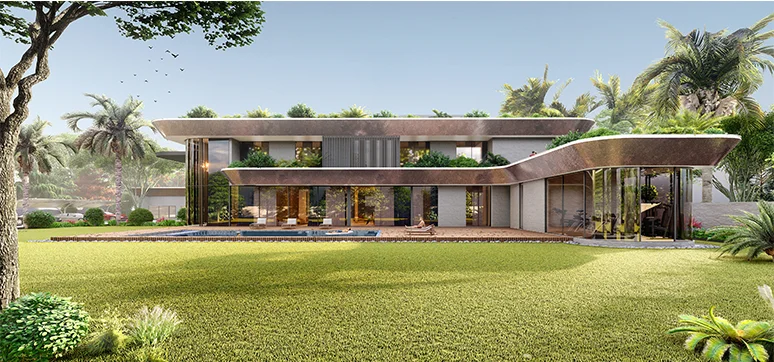In the coming decades, we anticipate a shift towards more sustainable and responsive facades. The future facades may incorporate dynamic features, capable of adjusting to environmental conditions and optimizing energy efficiency. Integrated vegetation systems, coupled with advanced materials, could play a pivotal role in achieving this balance between aesthetics and functionality. Further, innovations in 3D printing technology might revolutionize the construction of intricate facade elements, allowing for a higher degree of customization and complexity in design.

The future of facade & fenestration materials is expected to witness a surge in innovations. Graphene-based composites, self-healing concrete, and next-generation polymers could revolutionize the industry. Also, biomimetic materials inspired by nature’s efficiency and resilience may become more prevalent. Moreover, the market is likely to see an uptick in the use of recycled and upcycled materials, aligning with the global push for sustainable practices. Emerging materials like aerogels may also gain prominence for their exceptional insulating properties, enabling more energy-efficient building envelopes.
By 2050, we can anticipate the integration of many cutting-edge technologies within facade systems. This includes advanced photovoltaics, capable of seamlessly harnessing solar energy without compromising aesthetics. Moreover, responsive building skins employing nanotechnology and smart sensors could dynamically adapt to varying conditions, enhancing comfort and energy efficiency. Furthermore, augmented reality interfaces may provide occupants with personalized control over their environment, blurring the boundaries between interior and exterior spaces.














